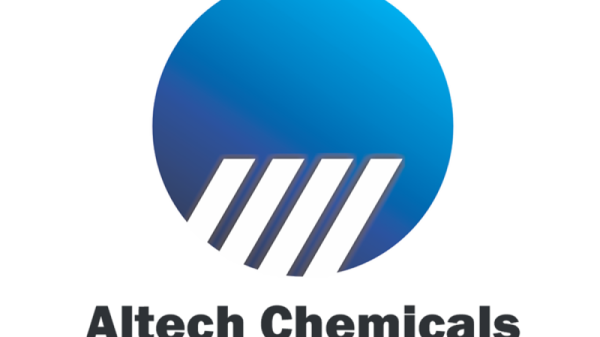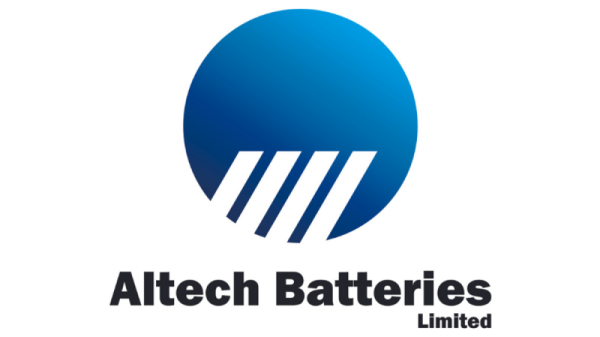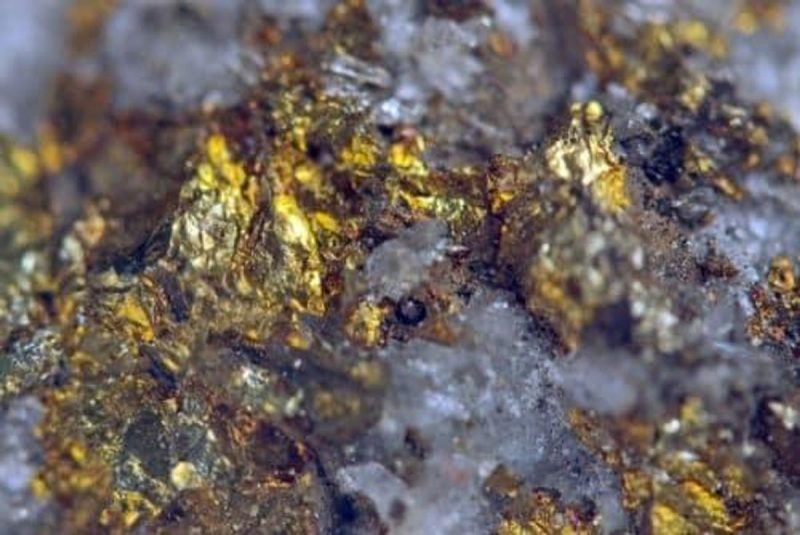The high value of gold means that a deposit of very small concentration can be economically mined — a fact that is great news for gold miners, but complicated for gold explorers.
Gold is often found in ores composed of rock with very small particles. When it comes to extraction, ore with grades of gold as little as 0.5 parts per million (ppm) can be economically mined. Because ore grades of 30 ppm are usually needed before gold is visible to the naked eye, gold in most mines is invisible.
Not only can viewing individual grains of gold provide a challenge, but the nature of prospecting means that finding these grains of gold through conventional sampling can prove nearly impossible.
How do explorers find gold?
In searching for an economic deposit of any metal, prospectors use geophysical data to narrow down a region of interest, then return to complete sampling and assaying. In an entire region, the prospector will only take a few samples and use that data to determine if a region warrants more exploration work.
When it comes to gold prospecting, this method means that it is very easy to miss an economical gold deposit. Working on such small scales is problematic because it is very easy to, by chance, completely overlook an economic deposit of gold. So how does a prospector improve the odds? There are several techniques that can be used to enhance the chances of finding gold, including using satellite imagery, remote sensing and indicator minerals; another is using gold grain morphology.
Gold grain abundance and grain characteristics have been applied systematically in the past 35 years in the search for gold. The most common characteristics used are size, shape and chemical composition.
What is gold grain morphology?
Gold grain morphology is an example of one of these techniques. Gold grain morphology takes advantage of the fact that gold is very malleable, and the surface shape of gold will change as the metal travels farther away from its source.
Under the gold grain morphology classification system, gold grains are “rated” as either pristine, modified or reshaped.
Pristine gold grains have maintained their primary shapes and surface textures. The discovery of pristine grains indicates that the sample is less than 500 meters from the source of the gold sample. Modified gold grains are slightly reshaped, and the discovery of modified gold grains indicates that the sample is under 1,000 meters away from the source. Lastly, reshaped gold grains have been worn down as a result of traveling more than 1,000 meters from the source.
During gold grain morphology assessment, in a given till sample of 30 to 50 kilograms (kg), all of the gold grains are sorted out and assessed according to the above morphology classification. If a sample area turns up a significant amount of gold grains, then further exploration is completed.
“When you have high counts of pristine and modified gold grains, you know that you are close to a bedrock source of gold,’ Kolebaba said. ‘High amounts of pristine and modified gold grains in a sample almost always lead to a bedrock source of gold.” He added that the use of gold grain morphology increases the chances of identifying a gold source over a broad area.
As mentioned above, a 0.5 ppm gold mine may be economical. To put this into perspective, a 50 kg till sample that supports a 0.5 ppm concentration would contain only around five gold grains. In normal geochemical analysis, a 50 gram sample of the 50 kg till sample might go to the lab to be analyzed. What are the chances that one of the gold grains actually makes it into this sample?
Why is gold grain morphology beneficial to mining?
Gold grain morphology is important due to the fact that through it, gold grains can be pulled out of a sample and their morphology can be assessed and used to narrow down the location of the bedrock source of the gold.
For comparison, normal geochemical data allows prospectors to indicate gold in the parts per billion scale; gold grain morphology allows prospectors to narrow down gold in the parts per trillion scale. When you consider the current price of gold and the small amount of gold actually needed to generate an economic deposit, gold grain morphology is an excellent technique for effectively targeting a potential economically feasible gold deposit.
Securities Disclosure: I, Melissa Pistilli, hold no direct investment interest in any company mentioned in this article.







































